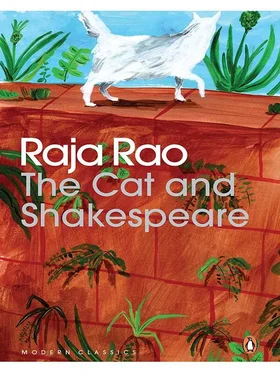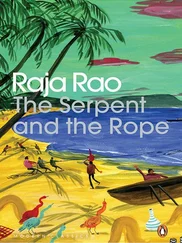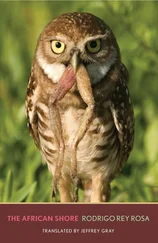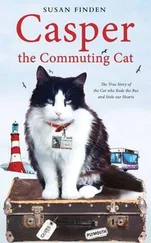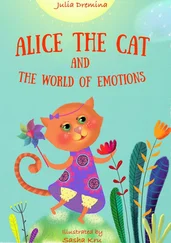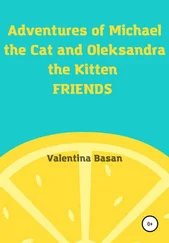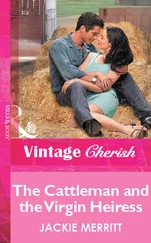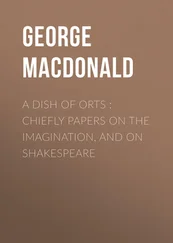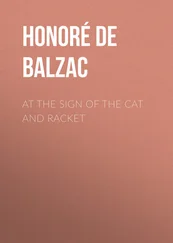Plentitude has no quarrel with two, but two is the enemy of plentitude. And so of Shakespeare. The not-two alone is meaning in any meaning: ‘Truth is the meaning of the lie for meaning is Truth,’ etc., etc. Truth alone is position-less, so you play. The two (plus two) ends in suicide. I like play. So let us play. Come, Kirillov, let us play chess, you and I.
1Raja Rao, The Policeman and the Rose: Stories. Delhi: Oxford University Press, 1978, p. xiv.
2Raja Rao, The Chessmaster and His Moves. New Delhi: Vision Books, 1988, p. 1.
3R. Parthasarathy, ‘The Future World Is Being Made in America: An Interview with Raja Rao’, Span (September 1977): 30.
4Braj B. Kachru, The Indianization of English: The English Language in India. Delhi: Oxford University Press, 1983.
5Raja Rao, Kanthapura. London: Allen and Unwin, 1938. Reprinted 1963, New York: New Directions. Subsequent citations from the American edition are indicated in the text parenthetically by page number.
6Raja Rao, The Serpent and the Rope. London: John Murray, 1960. Subsequent citations from this edition are indicated in the text parenthetically by page number.
7I have not been able to trace the source of this quotation.
8 Chāndogya Upaniṣad, VI.8.7, in The Principal Upaniṣads, ed. and trans. S. Radhakrishnan. London: Allen and Unwin, 1953, p. 458.
9Raja Rao, ‘The Writer and the Word’, The Literary Criterion 7.1 (Winter 1965): 231.
10Robert Redfield, Peasant Society and Culture: An Anthropological Approach to Civilization. Chicago: University of Chicago Press, 1956, pp. 67-104.
11Janet Powers Gemmill, ‘The Transcreation of Spoken Kannada in Raja Rao’s Kanthapura’, Literature East and West 18.2–4 (1974): 191–202.
12Gemmill, ‘The Transcreation of Spoken Kannada in Raja Rao’s Kanthapura’, p. 194.
13C.D. Narasimhaiah, ‘Indian Writing in English: An Introduction’, The Journal of Commonwealth Literature 5 (1968): 14.
14Quoted in M.K. Naik, Raja Rao. Twayne World Authors Series. New York: Twayne, 1972, p. 106.
15Louis Dumont and David Pocock, ‘On the Different Aspects or Levels in Hinduism’, Contributions to Indian Sociology 3 (July 1959): 45.
16Bhavabhuti, Rama’s Later History ( Uttararāmacarita ), part 1: Introduction and Translation by Shripad Krishna Belvalkar. Harvard Oriental Series, 21. Cambridge, MA: Harvard University Press, 1915, p. 39.
17Raja Rao, The Cat and Shakespeare. New York: Macmillan, 1965, pp. 8-10. Subsequent citations from this edition are indicated in the text parenthetically by page number.
18Arthur Avalon, ed. Kulacūḍāmaṇi Nigama, with an introduction and translation by A.K. Maitra. Madras: Ganesh & Co., 1956, ch. 1, verses 25–26.
19Raja Rao, The Policeman and the Rose: Stories. Delhi: Oxford University Press, 1978, p. 88. Subsequent citations from this edition are indicated in the text parenthetically by page number.
20Rabindranath Tagore, Stories from Tagore. New York: Macmillan, 1918, p. 122. Subsequent citations from this edition are indicated in the text parenthetically by page number.
21Integral Yoga Institute, ed. Dictionary of Sanskrit Names. Yogaville, Buckingham, VA: Integral Yoga Publications, 1989, p. 57.
22Sushil Kumar De, ed., and Rev. V. Raghavan, The Meghadūta of Kālidāsa, 3rd ed. New Delhi: Sahitya Akademi, 1982, verse 11.
23Raja Rao, On the Ganga Ghat. Delhi: Orient Paperbacks, 1993, p. 112. Subsequent citations from this edition are indicated in the text parenthetically by page number.
24Sankara, Ātmabodhaḥ: Self-Knowledge, trans. Swami Nikhilananda. Madras: Sri Ramakrishna Math, 1967, p. 261, verse 11.
1
1Wife of Shiva and daughter of Himalaya.
2Brahmins who fled, so it is believed, from persecution in Kashmir during the early years of Muslim conquest. In Travancore, they are mostly engaged in business. Their language is Konkani, which is akin to Hindi.
3The recitation of sacred syllables.
4The lunar month that falls in December — January.
5Doctors who practise the ancient Indian system of medicine, Ayurveda.
6 Jhatka is a horse carriage and a bandi is a cart drawn by bullocks.
7A well-known story in a dance drama. Bhima, a hero of the Mahabharata, is helped by Hanuman, a figure in the Ramayana, to find the flower of paradise.
8A famous text on pure Vedanta.
9‘Wonderful am I! Adoration to myself who love nothing.’
10Sacred marks.
11Eletchan wrote the famous Ramayana in Malayalam.
12Dussera is perhaps the most important festival of India. It takes place after the rains and lasts for ten days, during which worship is made to the elephant, horse, armour, books and the pipal tree.
13A legendary cow that gave one everything one wished for.
14An ancient Hindu custom of choosing the bridegroom from an assembly of ‘pretenders’.
15Sir C.P. Ramaswamy Iyer, the then Dewan of Travancore.
